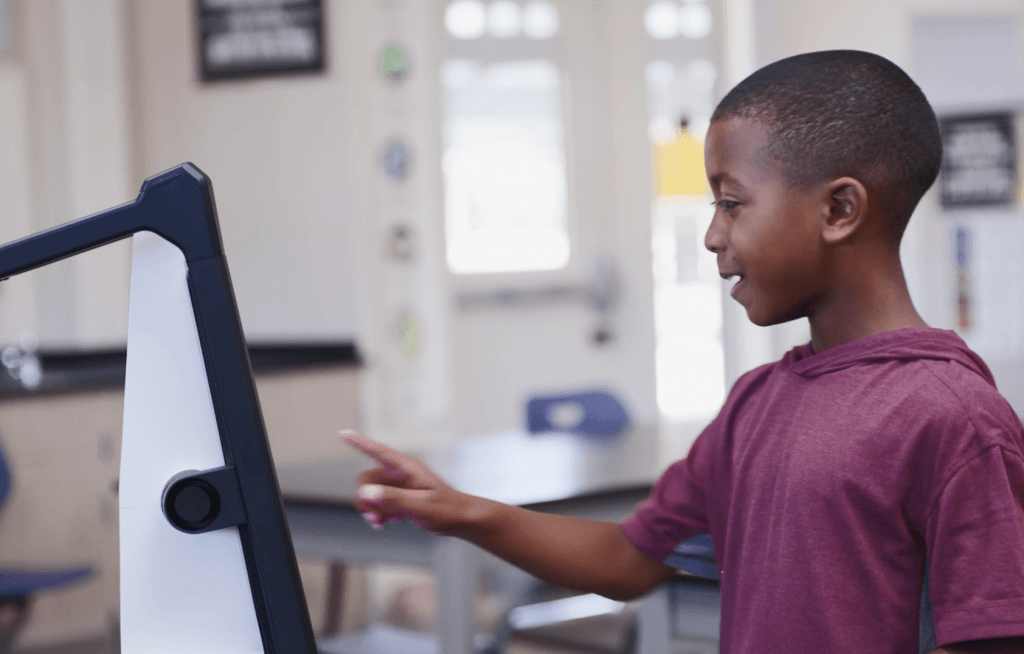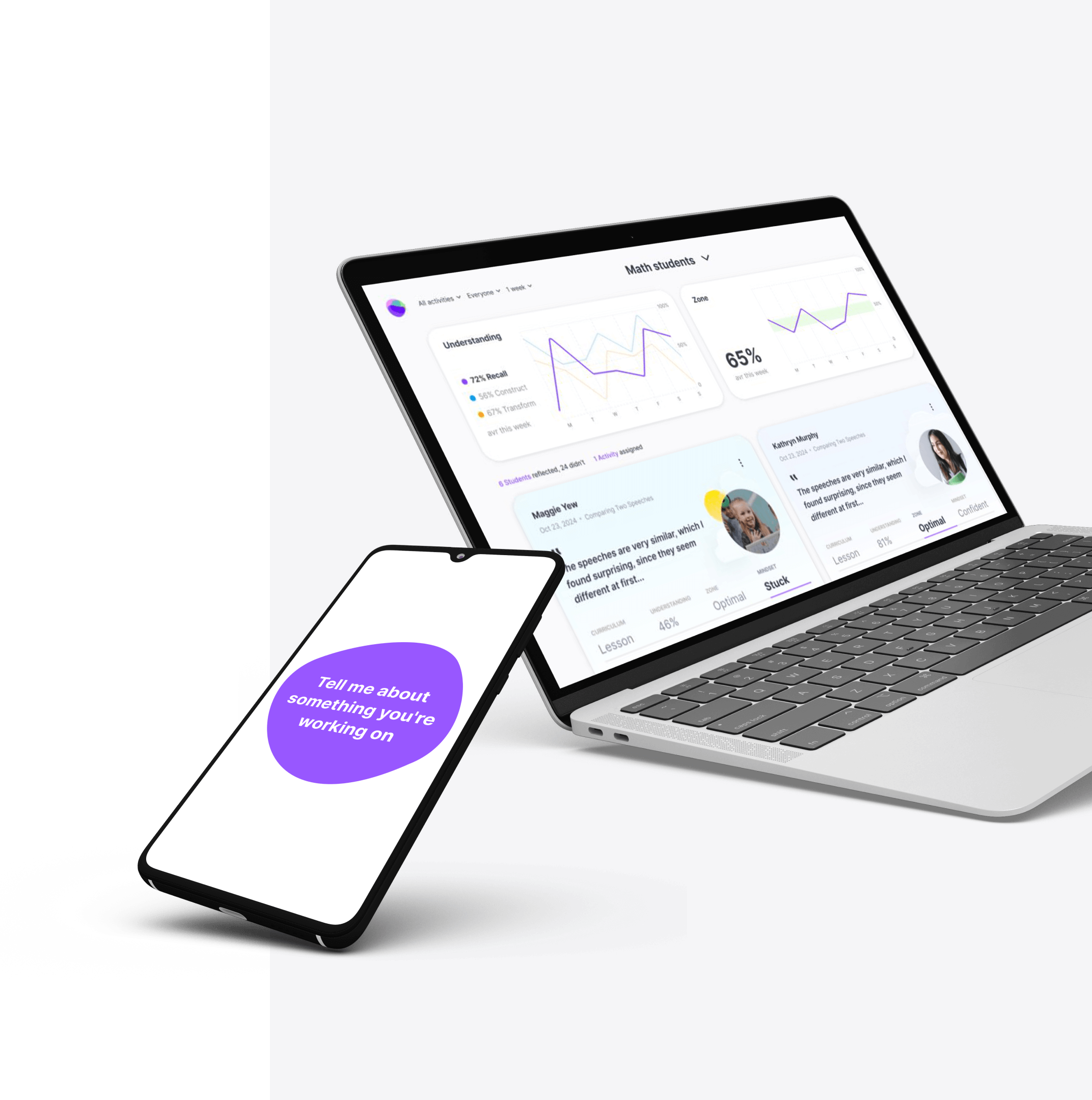
Is your district proudly wearing a “data-driven” badge of honor?
Districts proudly boast about their commitment to data, pouring resources into sophisticated tools and creating entire departments dedicated to crunching numbers.
The belief is straightforward: more data equals better outcomes.
But here’s the hard truth: despite all this data, student outcomes often remain stagnant. If your school is “data-driven” but your test scores aren’t budging, it’s time to face an uncomfortable reality…
You’re probably measuring the wrong things.
Schools are awash in data, yet this flood of information often leads to more confusion than clarity. The problem isn’t the sheer volume of data being collected, but rather that much of it misses the mark on what truly drives student success.
In our quest for measurable outcomes, we’ve become fixated on metrics that don’t tell the full story of a student’s educational journey. This obsession with the wrong data is leading us astray, perpetuating a cycle of investment without impact.
The current data obsession in education

Over the past decade, the pressure to produce quantifiable results has turned schools into data-driven enterprises. Accountability measures and the push to improve outcomes have fueled this data obsession, with schools leaning heavily on standardized test scores and other traditional metrics to gauge success. Data departments, frequent data meetings, and a relentless focus on numbers have become the norm.
But what is all this data really telling us?
The assumption has been that by collecting more data, we can better understand our students and tailor instruction accordingly. However, this belief is flawed. The data that schools are chasing—often limited to standardized test scores and similar metrics—fails to capture the complexities of student learning.
The result?
A system that values what is easy to measure rather than what is truly important, to its own detriment. Empirical research doesn’t support the idea that student outcomes improve when teachers spend time reviewing previous test scores.
Why the same old data produces the same old results
The core issue with the current data-driven approach is that schools are fixated on the wrong metrics. Standardized test scores, while easy to quantify, offer a narrow view of student achievement. They reduce the rich, multifaceted process of learning to a simple number—a number that can easily be manipulated through “teaching to the test.”
Worse yet, data-driven instruction can distort the way critical subjects like reading are taught, with negative consequences for students who need it most.
This approach prioritizes superficial gains over deep, meaningful learning, resulting in students who might perform well on tests but lack true understanding and critical thinking skills.
Moreover, this focus on easily measurable data overlooks other crucial aspects of education, such as student engagement, mindset, and socio-emotional development. These factors are essential for long-term success but are often ignored because they’re harder to quantify.
By prioritizing the wrong metrics, schools miss the chance to cultivate the skills and mindsets that students need to thrive in the real world.
The limits of traditional educational data

Traditional data, like standardized test scores and attendance records, tells us very little about the actual learning happening in classrooms. These metrics fail to capture the qualitative aspects of education—such as a student’s ability to reflect on their learning, their growth mindset, or their resilience in the face of challenges.
As a result, schools are often left with an incomplete and misleading picture of student progress.
Educators and decision-makers are increasingly frustrated by this disconnect. They see the effort being put into data collection and analysis, but they also see the lack of impact on student success.
The truth is, traditional data practices contribute to this frustration by focusing on the wrong goals. Schools that rely solely on these metrics are unlikely to see significant improvements in outcomes because they are not addressing the full spectrum of what it means to be an educated, capable individual.
Rethinking what we measure
If we want to see real improvement in student outcomes, we need to broaden the scope of the data we collect. This means moving beyond traditional metrics and focusing on new ones that better reflect student growth. Reflective practices, mindset development, and cognitive growth are all crucial to student success but are rarely measured in today’s data-driven schools.
By focusing on these new metrics, we can gain a more accurate and comprehensive understanding of student progress. This doesn’t mean abandoning traditional data altogether; rather, it means integrating it with innovative metrics to create a more balanced approach – pairing traditional quantitative measures with qualitative sources.
Data should be used to support personalized learning and address individual student needs, not just to satisfy accountability requirements.
A new path forward: measuring what matters

To truly transform educational outcomes, we need to develop new metrics for success—metrics that align with broader educational goals such as personal growth, resilience, and lifelong learning skills.
One way to do this is by integrating reflective practices into the assessment process. Reflection allows students to think critically about their learning, identify areas for improvement, and set goals for future growth.
This process is essential for deep, meaningful learning and should be a core component of any educational program.
MirrorTalk
Turn reflection into your district’s most powerful data source.
MirrorTalk automatically tracks and analyzes key insights into student learning, giving districts a deeper view of student success—from comprehension and challenges to mindset and growth.
Learn about our pilot program and try MirrorTalk in your school.

Technology can play a key role in this transformation. Innovative tools, such as AI-powered reflection platforms, can help districts measure these new metrics effectively. These tools provide real-time insights into student learning and development, allowing educators to make data-driven decisions that are truly aligned with the goals of education.
By focusing on what truly matters, schools can break free from the cycle of measuring the wrong things and start making real progress.
Summing it up
The current obsession with data in education is leading schools down the wrong path. By focusing on traditional metrics that are easy to measure but fail to capture the full scope of student learning, districts are missing the opportunity to make a real impact on student outcomes.
It’s time to rethink our approach to data and start measuring what truly matters.
By broadening our scope and adopting new tools and metrics, we can finally begin to see the improvements we’ve been striving for.
The next time you sit down to review your district’s data, ask yourself: Are we measuring what truly matters? Only by shifting our focus can we ensure that our efforts lead to real, lasting improvements in education.
Measure what matters with MirrorTalk
Ready to track data that genuinely improves student outcomes? MirrorTalk is a daily reflection tool that saves teachers time while revealing the crucial insights they and their administrators need to stay ahead.
With MirrorTalk, you get an instant, up-to-date snapshot of how every student and classroom in the district is grasping objectives, facing the right level of challenge, and maintaining an optimal mindset for learning.
No more waiting for test scores that arrive too late to make a difference—MirrorTalk gives you the data you need when you need it, empowering you to make timely, effective instructional decisions.
Learn about our pilot program and bring MirrorTalk to your school.